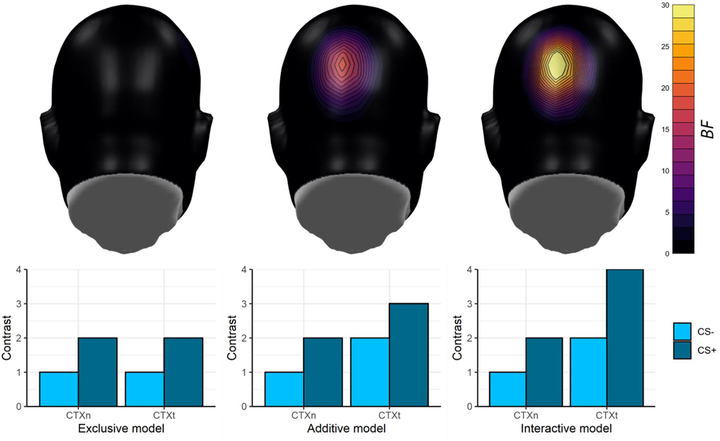The effect of inherently threatening contexts on visuocortical engagement to conditioned threat

Abstract
Fear and anxiety are crucial for adaptive responding in life-threatening situations. Whereas fear is a phasic response to an acute threat accompanied by selective attention, anxiety is characterized by a sustained feeling of apprehension and hypervigilance during situations of potential threat. In the current literature, fear and anxiety are usually considered mutually exclusive, with partially separated neural underpinnings. However, there is accumulating evidence that challenges this distinction between fear and anxiety, and simultaneous activation of fear and anxiety networks has been reported. Therefore, the current study experimentally tested potential interactions between fear and anxiety. Fifty-two healthy participants completed a differential fear conditioning paradigm followed by a test phase in which the conditioned stimuli were presented in front of threatening or neutral contextual images. To capture defense system activation, we recorded subjective (threat, US-expectancy), physiological (skin conductance, heart rate) and visuocortical (steady-state visual evoked potentials) responses to the conditioned stimuli as a function of contextual threat. Results demonstrated successful fear conditioning in all measures. In addition, threat and US-expectancy ratings, cardiac deceleration, and visuocortical activity were enhanced for fear cues presented in threatening compared with neutral contexts. These results are in line with an additive or interactive rather than an exclusive model of fear and anxiety, indicating facilitated defensive behavior to imminent danger in situations of potential threat.